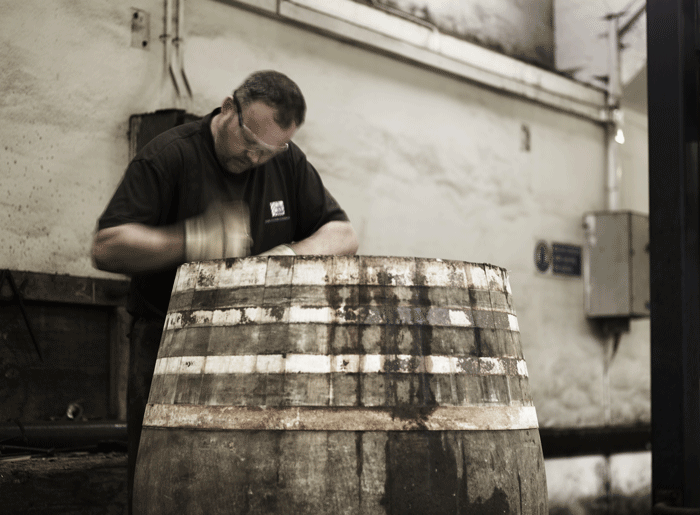Share a cup o’kindness – the best whiskies to celebrate Burns Night
Author: Ronnie Cox
There are more statues of Rabbie Burns in the world than William Shakespeare. Other than religious statues, he’s only beaten by Queen Victoria and Christopher Columbus. Two-hundred-and-fifty years of Scottish Diaspora account for it, but even in non-English speaking countries Rabbie is appreciated. The former USSR used Rabbie’s work in schools for years. The promoter of Socialism and Liberalism would have to wait 100 years for his thoughts to reach their prime.
He was a man of the people, brilliant, controversial, industrious and the father of 12 children by four women which included two sets of twins by his wife. He inspired contemporary Romantic writers such as Shelley, Wordsworth, Coleridge, Walter Scott. Many others claim his influence including Abraham Lincoln, Bob Dylan and, more recently, Michael Jackson. All this in 37 short years. He died in 1796. Small wonder in 2009 he was chosen as the greatest Scot by the Scottish public in a vote run by the Scottish television channel, STV.
It was on the 29th January 1801, five years after his death, that friends of the poet gathered to celebrate his life. Only in 1803 was it discovered from the Ayr parish records that the correct date was actually the 25th January. Burns Supper celebrates his birth not his death. Now Burns Night, is more popular than the official national day, St. Andrew’s Day, on the 30th November.
Rabbie had several jobs to support his writing income and one of his last was as an excise man seeking out illicit stills and preventing the sale of the Aqua, as whisky spirit was called. He was good by all accounts, so I’m glad he didn’t venture out of Southern Scotland to discover what my relations were brewing further North in the Highlands (as it was, my convict predecessors incurred a fine of £500 in 1822 for malting and selling the Aqua). For the last eight years of his life, Rabbie led an excise team in Dumfries. During this time and, as if by way of fairness, he wrote of his love of the spirit as in ‘Scotch Drink’; the lessons of binge drinking, ‘Tam O’Shanter’, but was keenly aware of the popular loathing of the Excise Man:
Thae curst horse-leeches o’ the’ Excise, Wha mak the whisky stells their prize!
Haud up thy han’, Deil! ance, twice, thrice!
There, seize the blinkers!
An’ bake them up in brunstane pies
For poor damn’d drinkers.
In those days, whisky was a shadow of what we know Single Malts to be today. They were rarely matured, but simply transported, in wood. The harsh flavour of new, immature spirit would be masked with local cereals, fruits and sometimes with the addition of cream and honey as in the Atholl Brose.
As an industry, in the last 50 years, we have learned more about the maturation of single-malts than in the previous 500. Seeing growth in the single-malt sector in 1994, Berry’s developed the Glenrothes Single Malt, with a Vintage-only range. Nearly all other single-malts of the day showed an age statement. But age is only relevant when accompanied with a knowledge of the cask or casks in which it has been matured; the number of times a cask has been used is so much more important than the length of time spent in them. Like a tea-bag, the first use will deliver the strongest flavour. In single-malts, maturity is derived from both time and wood… but wood is the key.
The Vintage concept was born to express maturity, not simply age. Each Vintage shares the distillery character but, like vintage wines, will have a unique personality. Each will indicate the year of bottling so if you need to know the age the maths is up to you. Each, also like wines, will be finite and, as we only take less than five percent of the distillery’s annual production to make Vintages (the rest is destined for blends), they tend to run out fast. To save running out, I’ve now persuaded my wife that I need to buy two of each new Vintage. Cases, I mean.
On the 24th January we shall celebrate Rabbie’s birthday with a Haggis Supper at Berry Bros. & Rudd in the Long Room. “We’ll share a cup o’kindness then, for Auld Lang Syne”. It should be fun. However you celebrate, do enjoy raising a glass to Rabbie.
Here, Berry Bros & Rudd have put together our preferred drams.



